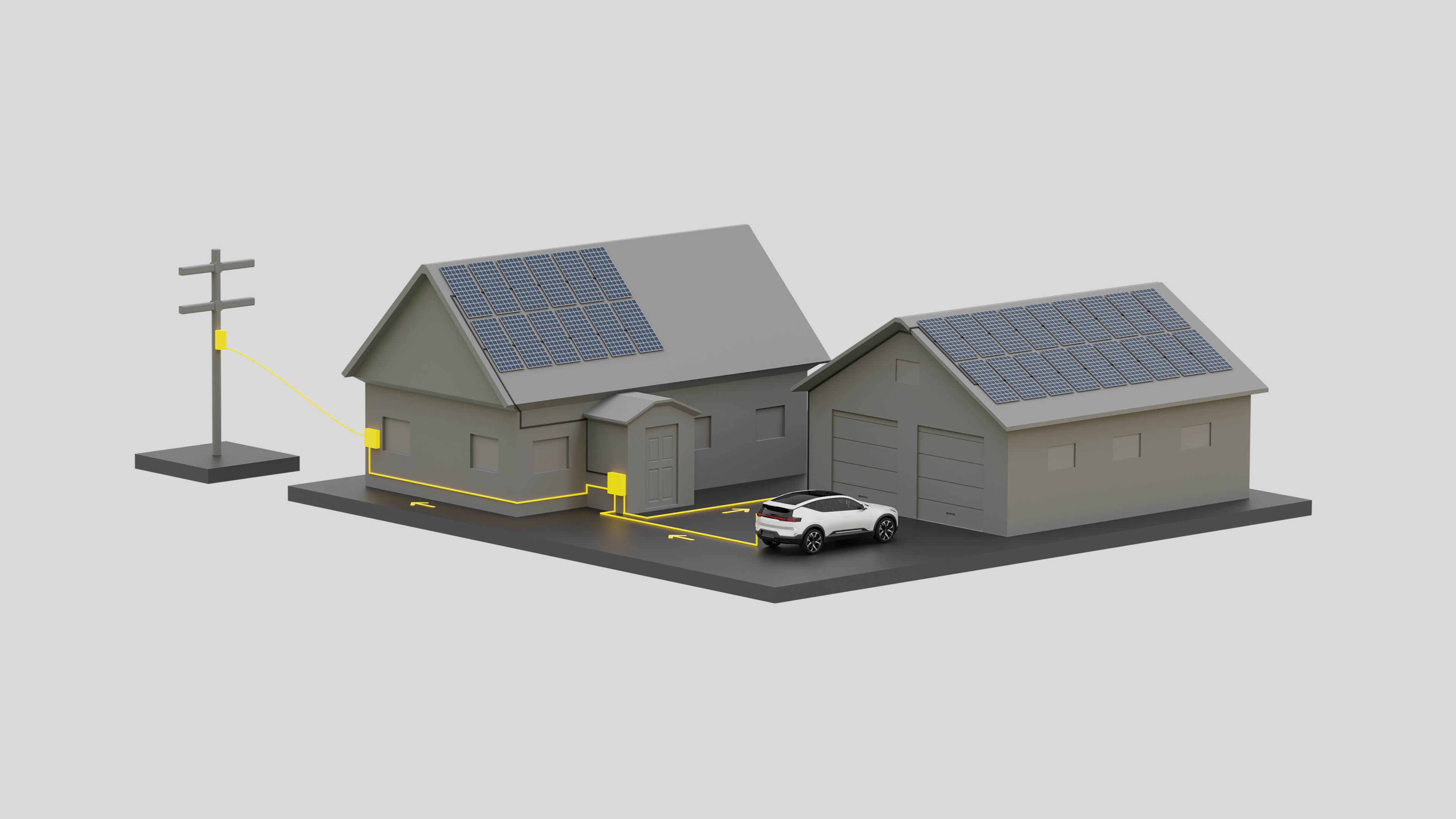Polestar targets ‘extreme’ fast charging while expanding vehicle-to-grid projects
Swedish EV creator is hoping to develop super-fast charging that can be integrated into existing battery packs.

Polestar is developing a new ‘extreme fast charging’ system which could add 100 miles of range to an electric car in five minutes.
Developed in collaboration with battery developer StoreDot, the technology has been designed to be integrated into battery packs ‘that are already available’, rather than relying on brand-new battery systems.
Initially shown today (November 9) at the Polestar Day event, technology is expected to be integrated into a Polestar 5 prototype next year.
Dr Doron Myersdorf, StoreDot CEO, says: “Polestar has been one of our key investors and collaborators as we develop our XFC technology. Next year we’ll show how a full-scale battery module developed by Polestar with this revolutionary technology can be charged. Charging anxiety will soon be a thing of the past.”
Polestar is also developing further vehicle-to-grid (V2G) projects in its native Sweden to ‘find potential business models for V2G and trial tangible use cases that can be scalable and applicable across regions’.
Vehicle-to-grid technology is a new smart system which allows an electric car to feed energy stored in its batteries back to the grid. It can be used to iron out peak times of demand for energy by using the electric car as a power source and could be a way for owners to make money on their electricity by selling it back to the supplier during times of high demand.
Polestar is currently developing a ‘Virtual Power Plant’ – or VPP – that links all participating Polestar 3 vehicles. In doing so, it can determine how much the capacity of the connected batteries is and can then start or pause the feeding of energy back from the vehicles into the grid during peak times. Polestar says that it could help owners ‘monetise their EV while it’s parked’, too.

The owner would simply need to plug their vehicle into their home charger and the software will be able to manage the feeding of energy between car and grid.
Thomas Ingenlath, Polestar CEO, said: “Vehicle-to-grid has the potential to not only benefit individual customers, but whole communities. The average car is parked 90% of the time. With the bi-directional charging capabilities of Polestar 3 and the Polestar VPP, we can explore business models and community solutions that can unlock the true potential of V2G and enable owners to support the energy transition when they don’t need their car for driving.”





